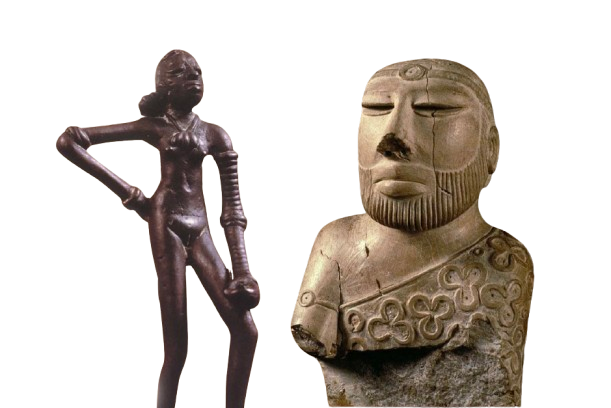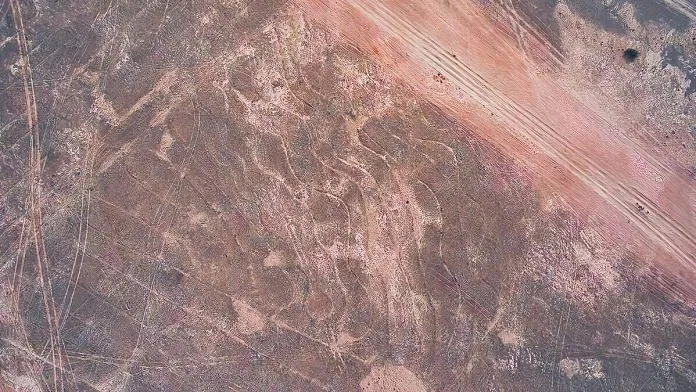Archaeological Exploration: Techniques, Challenges, & Importance
Introduction to Archaeological Exploration
Archaeological exploration is the process of uncovering and studying physical evidence from past human civilizations. It allows us to reconstruct history by examining material remains like artifacts, structures, and other cultural elements. By analyzing these remnants, archaeologists piece together stories of human societies, understanding how they lived, interacted, and evolved.
The process of exploration goes beyond simple digging. It requires scientific methods, theoretical frameworks, and careful planning. Through this systematic approach, archaeologists can uncover previously unknown histories and fill gaps in our understanding of ancient cultures.
Techniques Used in Archaeological Exploration
1. Surveying and Site Identification
Before excavation begins, archaeologists perform surveys to identify areas of interest. These surveys help determine the locations where significant cultural materials may be buried.
- Surface Surveys: Walking through a landscape and visually inspecting the ground can reveal artifacts or other surface features like pottery fragments and stone tools. This method is useful for preliminary assessments.
- Aerial Surveys: Using drones, satellite imagery, or airplanes, archaeologists capture aerial photos that highlight structures, roads, or settlements not visible from the ground. These techniques have revealed major finds like the Nazca Lines in Peru.
- Geophysical Surveys: Ground-penetrating radar (GPR), magnetometry, and electrical resistivity help archaeologists detect buried structures without disturbing the surface. These methods provide a non-invasive way to locate potential excavation sites.
2. Excavation Techniques
Once a site is identified, archaeologists begin the excavation process. Excavation involves carefully removing soil to uncover artifacts and features, all while recording the precise location and context of each find.
- Vertical Excavation: This technique involves digging deep layers at a site to uncover evidence from different historical periods. By analyzing these layers, archaeologists can reconstruct the sequence of events at a site.
- Horizontal Excavation: This method focuses on exposing a wide area of a site at a specific level. Horizontal excavation is ideal for studying the spatial arrangement of buildings or artifacts from the same time period.
- Rescue Excavation: Conducted when a site is threatened by construction or environmental damage, rescue excavations aim to recover as much information as possible before the site is lost.
3. Artifact Analysis
Once artifacts are unearthed, archaeologists analyze them to learn more about the culture that used them. This step includes cleaning, cataloging, and detailed study.
- Typology and Classification: Artifacts are categorized based on material, form, and function. By grouping similar objects, archaeologists can trace cultural and technological developments over time.
- Dating Techniques: Various methods are used to date artifacts. Radiocarbon dating is effective for organic materials, while methods like thermoluminescence and dendrochronology are used for ceramics and wood, respectively.
- Contextual Analysis: Archaeologists study the relationships between artifacts and their surroundings. This analysis helps determine how objects were used and what significance they held in their cultural environment.
Challenges in Archaeological Exploration
1. Preservation and Conservation
Preserving archaeological sites is a constant challenge. Natural elements like erosion or flooding can damage or destroy sites before they are fully explored. Human activities, such as construction or agriculture, also threaten archaeological remains.
2. Ethical Considerations
Ethical challenges arise when working with culturally or religiously significant sites. Some communities may have strong connections to these locations, especially if they contain human remains. Respecting cultural and ethical boundaries is a critical part of modern archaeology.
3. Access and Funding
Access to archaeological sites can be difficult, especially in politically unstable regions. Securing funding for long-term excavations and conservation efforts is another ongoing challenge. Many projects depend on public interest or donations for financial support.
The Importance of Archaeological Exploration
1. Reconstructing History
Archaeological exploration allows us to reconstruct aspects of human history that written records cannot provide. By studying material remains, archaeologists uncover evidence of everyday life, religious practices, trade routes, and societal structures.
The excavation of Pompeii, buried by volcanic ash in 79 AD, offers a vivid glimpse of Roman life. Similarly, exploring the Indus Valley Civilization has revealed a highly advanced society with well-planned cities, trade networks, and technological innovation.
2. Cultural Heritage and Identity
Archaeological finds contribute to cultural heritage and identity. Sites like Machu Picchu, the Pyramids of Egypt, and the Great Wall of China not only attract tourists but also serve as symbols of national pride. These discoveries connect present-day societies to their past, providing a sense of continuity and cultural identity.
3. Education and Inspiration
Through museums, documentaries, and books, archaeological discoveries educate the public about ancient civilizations. They inspire curiosity and a deeper appreciation for history. These findings also encourage further research, attracting new generations of archaeologists who will continue the work of uncovering humanity’s shared past.
Conclusion
Archaeological exploration is a crucial tool for understanding human history. It allows us to uncover the physical remains of past civilizations and offers insights into their daily lives, social structures, and cultures. The field uses a range of techniques, from surveying and excavation to advanced scientific analysis, to reconstruct history in a way that written records alone cannot achieve.
Though challenges exist, including site preservation and ethical concerns, the value of archaeological exploration cannot be overstated. The discoveries made through this discipline not only help preserve cultural heritage but also provide a link between the past and the present. As the field evolves with new technology and methodologies, future discoveries will continue to deepen our understanding of the ancient world.



